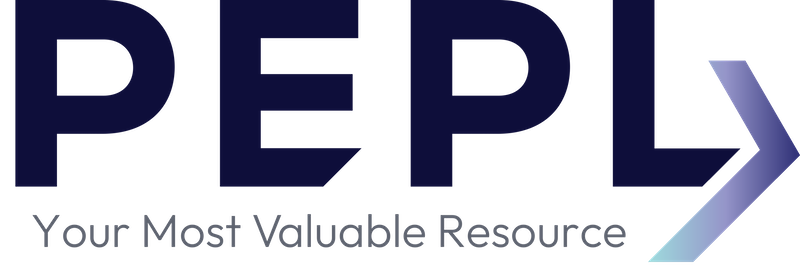The Growing Significance of Pay Transparency: Why It’s More Than Just a Trend
Pay transparency is no longer a radical concept in today’s evolving workplace; it’s becoming an industry best practice. As companies navigate the shifting landscape of employee expectations, legal compliance, and competitive hiring, embracing clear and open pay policies is a powerful tool for building trust, improving retention, and attracting top talent.
So, what makes pay transparency so crucial, and how can organizations implement it effectively?
Why Pay Transparency Matters
Pay transparency refers to openly sharing an organization’s salary ranges, pay policies, or compensation frameworks within the organization.. While some businesses hesitate to disclose pay details, forward-thinking companies find that greater openness leads to stronger engagement, fairness, and long-term workforce stability.
Here’s why pay transparency is becoming a game-changer:
- Building Trust & Credibility
Employees who understand how and why their compensation is determined are more likely to trust leadership and feel valued. Transparency fosters fairness, reduces speculation about pay inequities, and strengthens the employer-employee relationship.
Fact: Studies show that organizations with transparent pay policies report higher employee engagement and lower turnover rates than those that hide compensation structures.
- Improving Employee Retention
When employees see clear, consistent pay structures, they feel more confident about their career progression within the company. Pay transparency eliminates concerns about favoritism, hidden wage gaps, or unequal compensation for similar roles, which can drive disengagement and turnover.
Did You Know? Employees who feel their pay is fair and clearly explained are 50% less likely to seek new job opportunities.
- Enhancing Recruitment & Employer Branding
Disclosing salary ranges in job postings doesn’t just comply with emerging legal requirements, it also helps companies stand out in a competitive talent market. Job seekers increasingly prioritize pay clarity when choosing where to apply, and organizations that provide salary bands upfront attract more qualified candidates.
Fact: Research from LinkedIn found that 91% of job seekers are more likely to apply for a role if a salary range is included in the job description.
Key Benefits & Action Steps for Implementing Pay Transparency
Companies that embrace pay transparency gain a strategic advantage in hiring, retention, and legal compliance. Here’s how to get started:
- Benefit: Attract a broader, more qualified talent pool.
Action Step: Include salary ranges in job postings to position your company as honest, fair, and competitive. - Benefit: Minimize pay disparities and legal risks.
Action Step: Conduct routine pay audits to ensure salaries remain fair, competitive, and legally compliant with evolving labor laws. - Benefit: Boost employee morale and retention.
Action Step: Communicate your compensation philosophy to employees. Explain how salaries are set, raises and promotions are determined, and how pay equity is prioritized.
Best Practices for a Smooth Transition to Pay Transparency
While full pay transparency may seem overwhelming, organizations can implement it gradually and strategically to maximize impact while minimizing disruption.
- Gather & Analyze Pay Data:
- Conduct internal salary assessments to identify any discrepancies or gaps in pay structures.
- Benchmark salaries against market data to ensure compensation remains competitive.
- Encourage Open Conversations:
- Host team discussions, workshops, or Q&A sessions to address employee concerns about pay structures.
- Equip managers with communication tools to explain compensation policies effectively.
- Roll Out Pay Transparency in Phases:
- Start by sharing pay ranges for new roles before expanding transparency to existing positions.
- Gradually introduce pay equity reports or compensation summaries to employees.
Pro Tip: Some companies start with partial transparency (e.g., sharing pay bands but not individual salaries) before moving toward a more comprehensive disclosure strategy.
The Future of Pay Transparency: A Competitive Advantage
Pay transparency is more than just a compliance trend—it’s a strategic move that sets companies apart in an increasingly employee-driven job market. Organizations that adopt clear, equitable, and well-communicated compensation strategies will foster stronger employee loyalty, attract top talent, and reduce turnover.
At PEPL, we help businesses navigate compensation strategies, pay equity analysis, and transparency initiatives to ensure that organizations remain competitive, compliant, and trusted by employees.
Want to strengthen your company’s pay strategy? Contact us today for expert guidance on building a fair, competitive, and transparent compensation structure.

Embracing Remote Work: Building a Culture of Success
Remote work is no longer a temporary solution—it’s a permanent shift that continues to reshape business operations. As organizations refine their hybrid and remote work strategies, leaders must address key challenges: maintaining productivity, fostering engagement, and preserving company culture.

The Role of Government Policies in RTO Trends
Beyond corporate mandates, government policies are also shaping the future of workplace structures.
